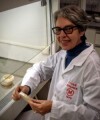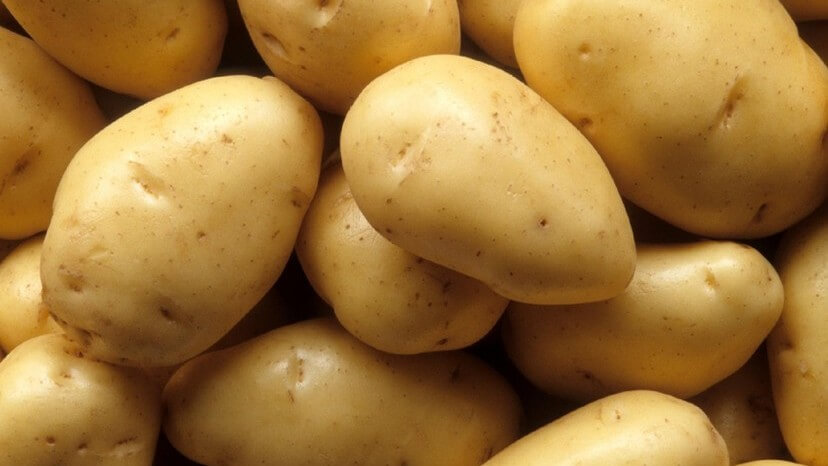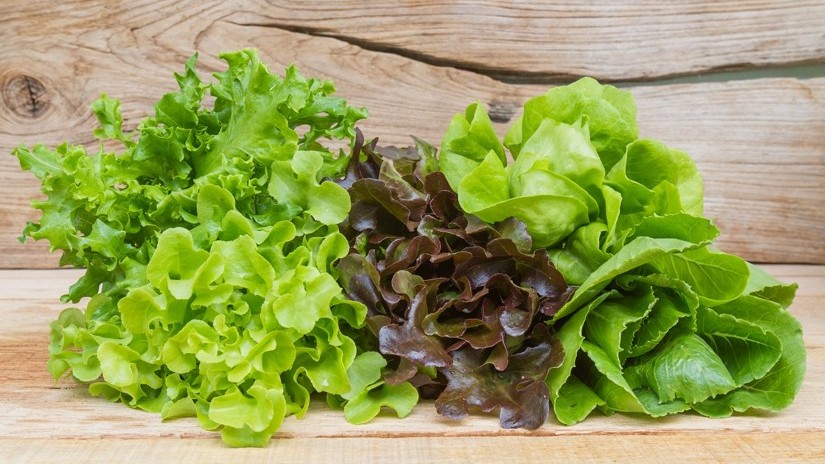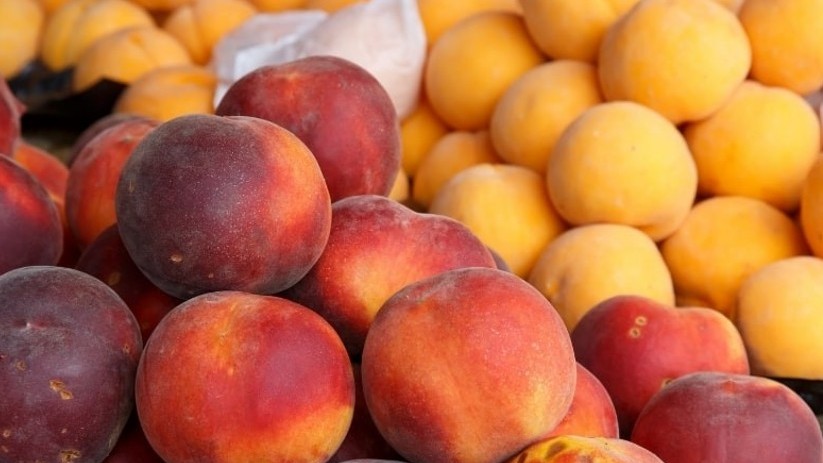News
Sodium benzoate controls postharvest green and blue molds in citrus
The aqueous solution of benzoate may be an interesting future alternative for controlling citrus fungal diseases
Within the agricultural sector, citrus fruits stand out as one of the most crucial fruit varieties on a global scale. Nevertheless, in recent years, their production has faced a decline attributed to adverse weather conditions and a rising incidence of pathogenic infections.
The most common postharvest citrus diseases in Mediterranean climate regions are green and blue molds, caused by Penicillium digitatum and Penicillium italicum, respectively.
Economic losses due to these diseases have been brought down to commercially acceptable levels through the use of synthetic fungicides such as imazalil, pyrimethanil, fludioxonil, sodium orthophenylphenate, thiabendazole, and others for over 30 years. However, these substances are toxic to humans and harmful to the environment. Additionally, P. italicum has developed considerable resistance to these chemicals due to their widespread use.
An alternative to traditional fungicides
Consumer preference for more natural foods is leading to a continuous reduction in the quantity of these substances permitted by authorities. Currently, major citrus distributors and supermarket chains are even demanding a more specific and restrictive use of fungicides.
As a result, the global citrus industry is increasingly demanding alternatives to conventional fungicides to control postharvest diseases.
Sodium benzoate, a preservative and GRAS
Some food additives, especially preservatives, and compounds generally recognized as safe (GRAS), which regulations worldwide allow with very few restrictions for many industrial and agricultural applications, have been successfully evaluated against postharvest citrus diseases. Sodium benzoate is one such case. However, sodium benzoate is currently not authorized in the European Union.
Recent studies have shown that immersion treatments for 60 seconds with 3% (w/v) sodium benzoate at a slightly above 50 °C can reduce up to 90% of the incidence of green and blue molds in oranges, lemons, and mandarins.
Sources
Herrero, C. M.; Ramírez, P. A. M.; Palou, L. (2016). Evaluation of sodium benzoate and other food additives for the control of citrus postharvest green and blue molds. Postharvest Biology and Technology, 115: 72-80.
Kanashiro, A. M.; Akiyama, D. Y.; Kupper, K. C.; Fill, T. P. (2020). Penicillium italicum: An Underexplored Postharvest Pathogen. Front Microbiol, 11:606852.
Image













